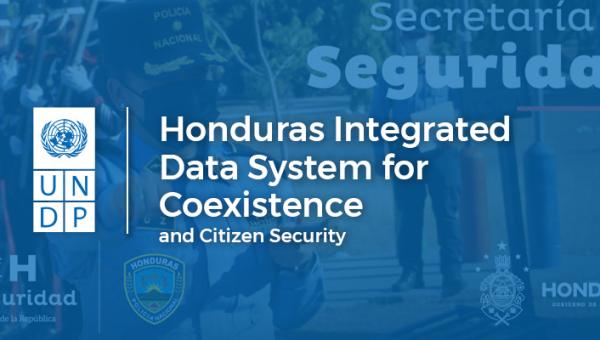AI Satellite for Mining Impact

Project Owner: UNDP Bolivia
The satellite identification of mining environmental liabilities (ISPAM) experiment, undertaken in collaboration with the Autonomous Departmental Government of Chuquisaca, represents a significant leap forward in addressing the critical environmental challenges posed by mining activities. This innovative initiative leverages cutting-edge technology, including artificial intelligence algorithms, to tackle environmental issues associated with mining in a more effective and efficient manner.
At its core, the ISPAM project is a powerful tool aimed at identifying and monitoring mining-related environmental liabilities. These liabilities may encompass a range of issues, including soil contamination, deforestation, water pollution, and habitat disruption. Historically, addressing such environmental concerns has been a time-consuming and resource-intensive endeavor, often relying on ground surveys and manual data collection methods.
However, the ISPAM initiative promises to revolutionize this process by harnessing the capabilities of artificial intelligence algorithms and satellite imagery. Satellite technology provides a comprehensive and high-resolution view of the affected areas, enabling the detection of environmental changes and irregularities with precision and speed. This technology allows for the monitoring of vast regions that may be otherwise challenging to access on the ground.
The artificial intelligence algorithms employed in this initiative are at the heart of its efficiency and effectiveness. These algorithms are trained to analyze satellite images and detect patterns that are indicative of mining environmental liabilities. They can identify subtle differences in color, texture, and shape that may signal environmental degradation caused by mining activities. For instance, these algorithms can pinpoint areas where vegetation loss has occurred, water bodies have been contaminated, or land has been altered in ways inconsistent with natural processes.
By automating the identification process and continuously monitoring the affected areas, the ISPAM initiative ensures that environmental issues are detected in a timely manner. This timely detection allows for a more proactive and targeted response to mitigate the impact of mining-related environmental liabilities. Moreover, it empowers government agencies, environmental organizations, and local communities with the data and evidence needed to advocate for responsible mining practices and enforce regulations.
In summary, the satellite identification of mining environmental liabilities through the ISPAM project represents a groundbreaking approach to environmental protection and monitoring. By combining satellite technology and artificial intelligence algorithms, this initiative promises to not only enhance the efficiency of identifying mining-related environmental issues but also contributes to the broader goals of sustainable resource management and environmental conservation in the region of Chuquisaca. It exemplifies the potential of technology to address complex environmental challenges and underscores the commitment to safeguarding the environment for future generations.
This article was originally published in: https://twitter.com/PNUDBolivia/status/1698783505063248178?s=20
Are you passionate about the link between digitalization and sustainable development?

 Locations
Locations




